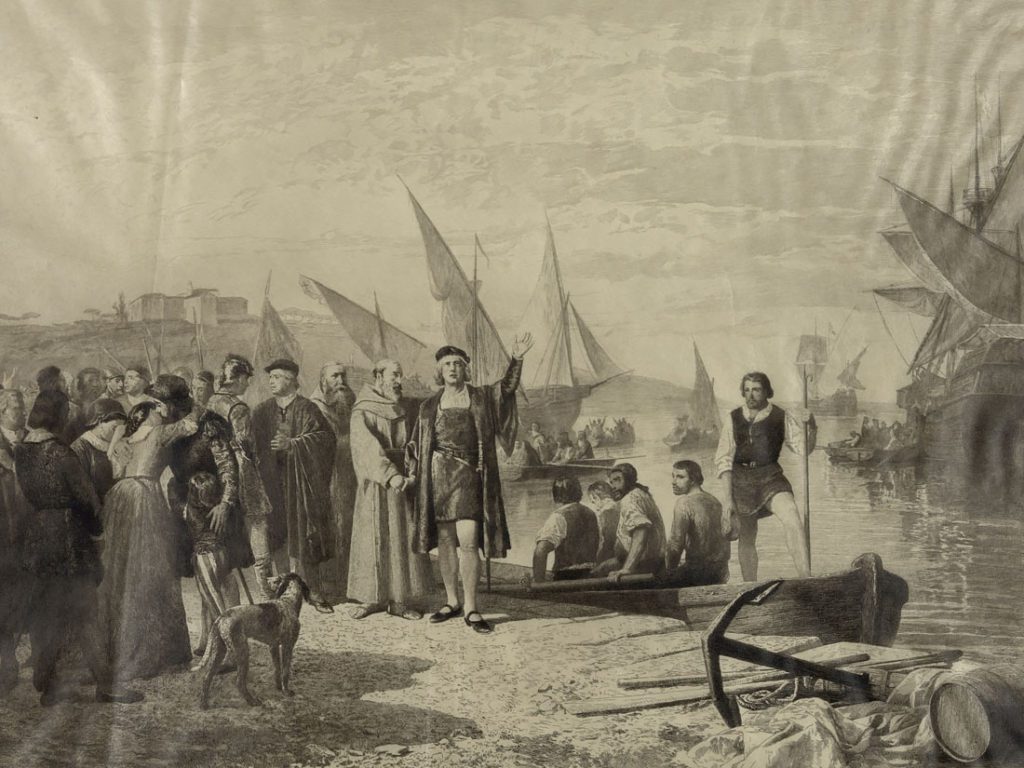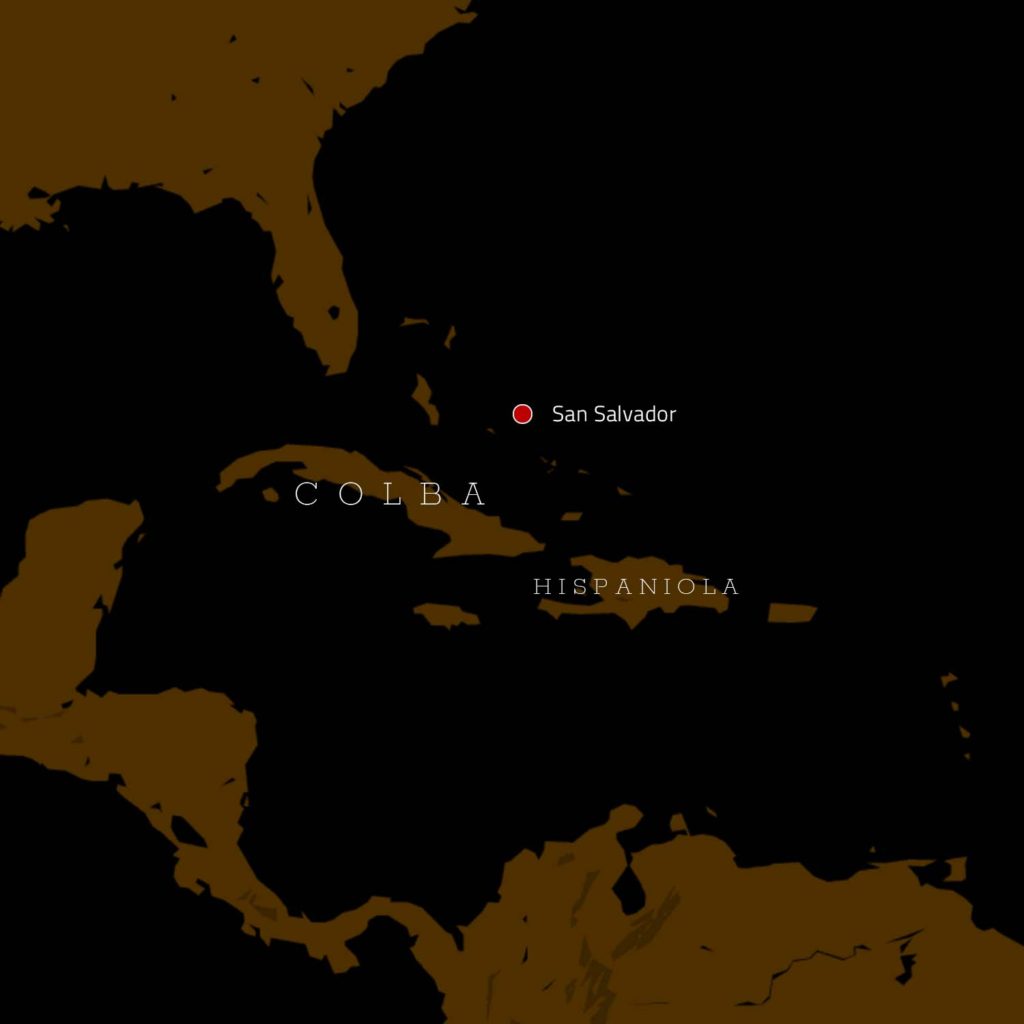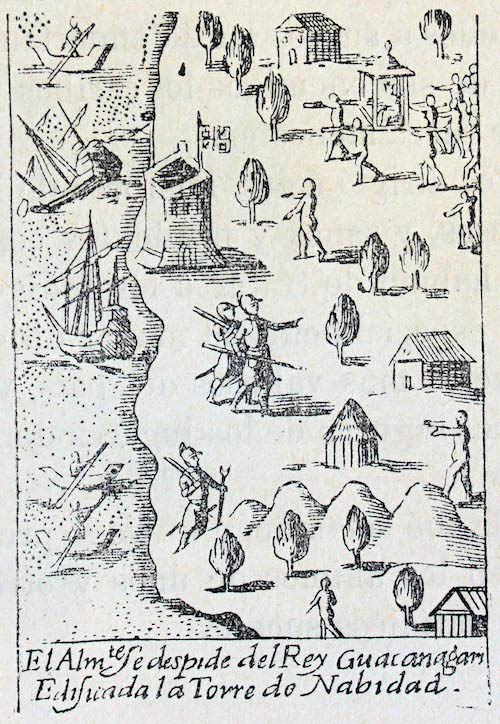How did Columbus’s first voyage turn out?
On 3 August, 1492, Columbus’s expedition set out. He commanded eighty-seven men—all sailors, no priests, no soldiers, since Columbus only wanted experienced seamen—on three ships: two Portuguese caravels, the Niña and the Pinta, plus a larger ship, a carrack (the precursor to the 17th-century galleon) called the Santa María. After a frustrating month in the Canary Islands undergoing repairs, followed by more than a month on the open sea, land was finally sighted: the white cliffs of a small island in the Bahamas that Columbus would name San Salvador (meaning “Holy Savior”). Wading ashore, the Genoese sailor fell to his knees in the sand, glad to have escaped mutiny and assuming he’d reached Japan.
The natives of the island—the Taino, an Arawak people—were friendly, but they didn’t seem like the inhabitants of a rich and powerful civilization. Columbus noted that they were naked, some with paint on their bodies, with little to offer in terms of material goods, though the women seemed to offer their bodies freely to the European newcomers. Though the island (and surrounding islands) were beautiful, there didn’t seem to be much here of economic importance.


